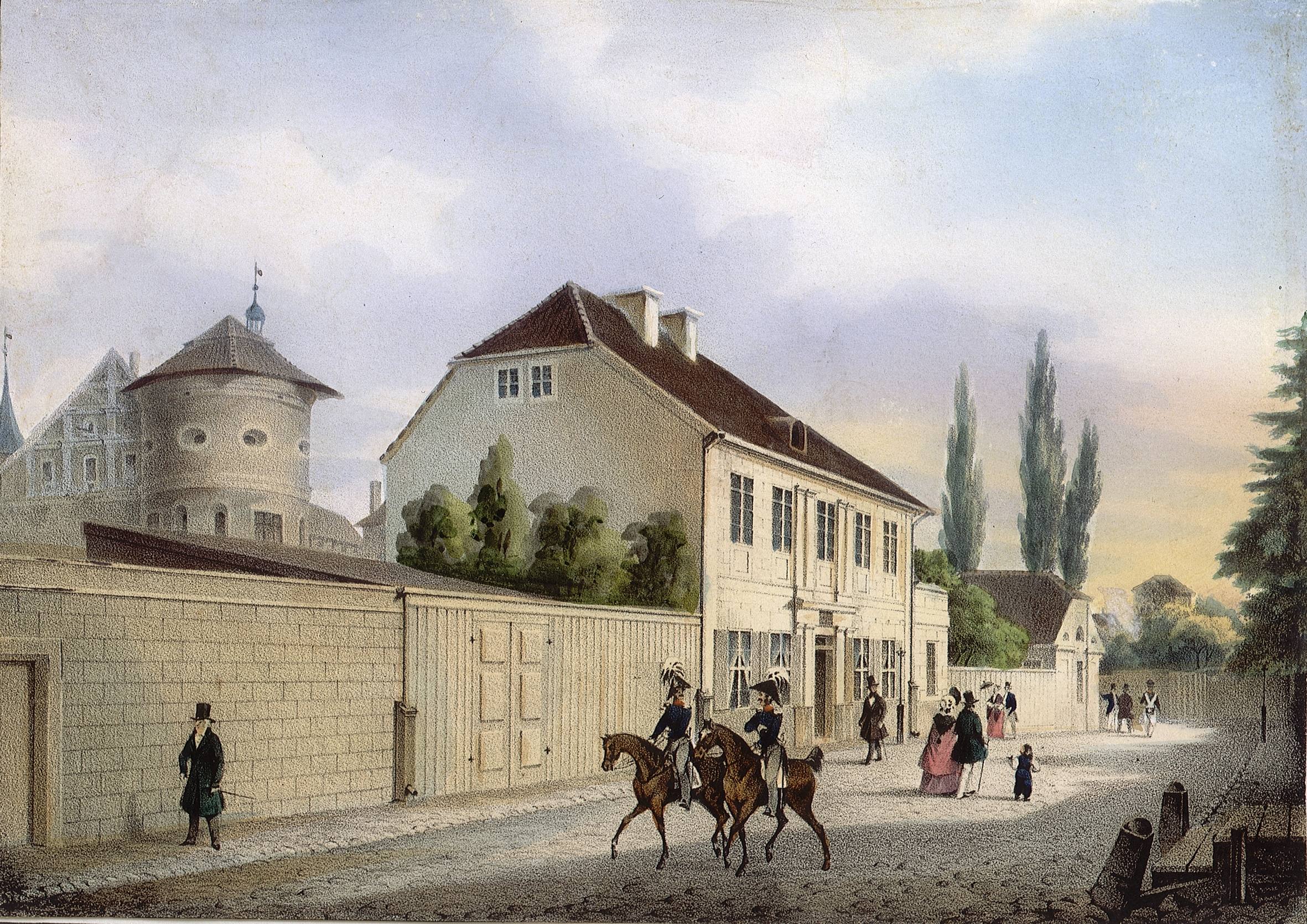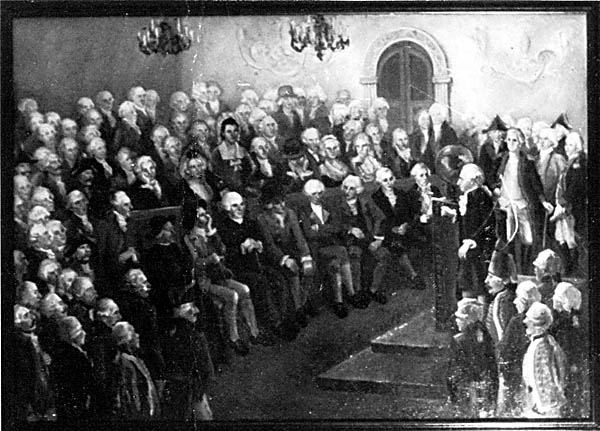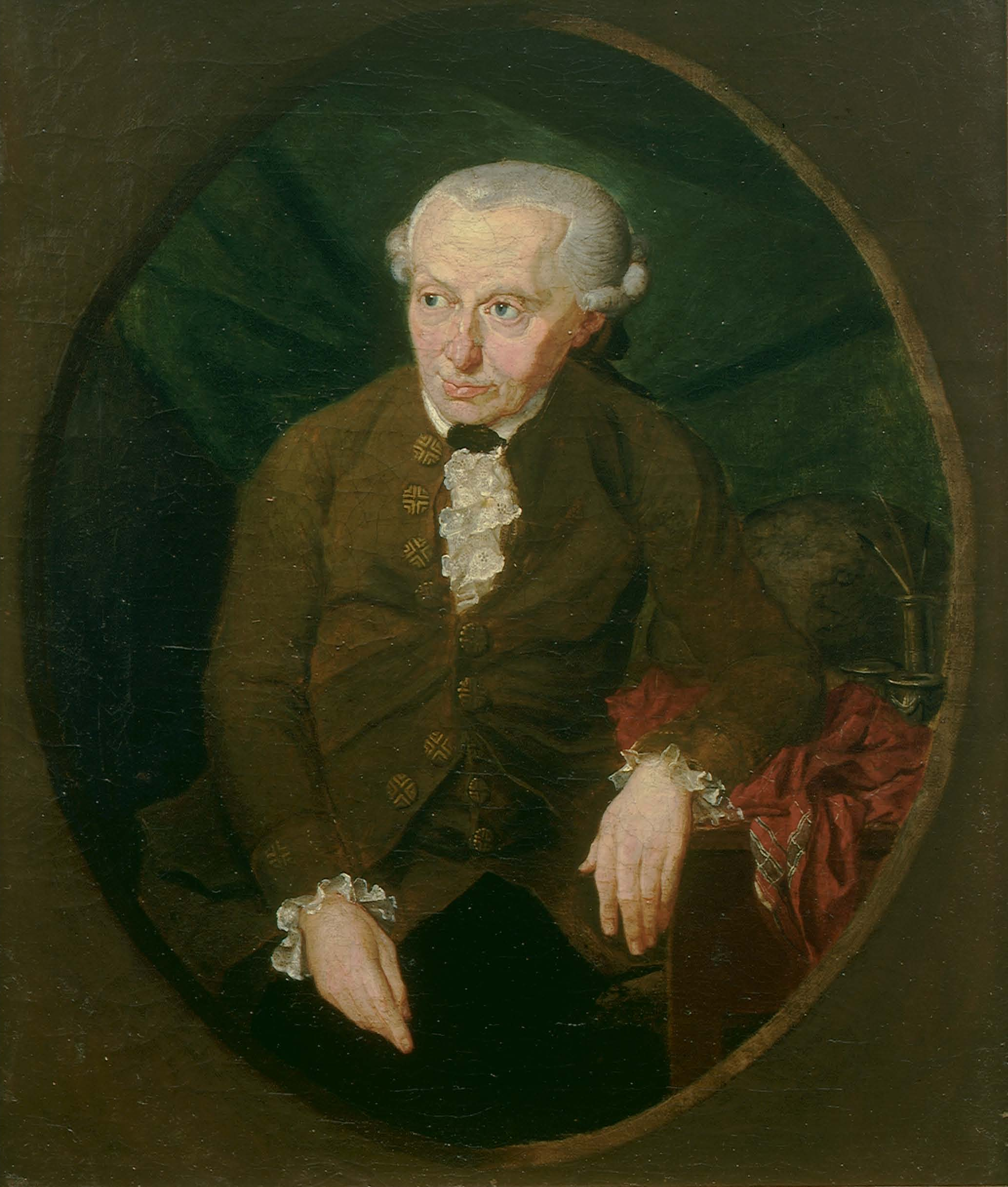|
Food For The Spirit
''Food for the Spirit'' (1971) is a performance art piece and self-portrait series by American conceptual artist Adrian Piper, which was conducted, performed and documented in the summer of 1971 in her New York loft as she isolated herself and entered a dissociative phase influenced by her constant reading of Immanuel Kant's ''Critique of Pure Reason''. Outline Piper had begun ''Food for the Spirit'' out of a temporary isolated lifestyle that she took upon in her New York loft, including doing yoga, reading, writing, and fasting. However, most integral to the piece was Immanuel Kant's metaphysical work, the ''Critique of Pure Reason'', which she became so intensely engaged with that, by her intention, she began to disassociate and question her material existence. Around the end of this period, where she started to lose all sense of being, intentionally strictly influenced by Kant's perspective on ''Being Existence is the state of having being or reality in contrast ... [...More Info...] [...Related Items...] OR: [Wikipedia] [Google] [Baidu] |
1971 In Art
Events from the year 1971 in art. Events * July 22 – The '' Lady of Baza'' Iberian sculpture (4th century BCE) is discovered. * October 24 – English painter Francis Bacon's lover, George Dyer, commits suicide two days before the opening of the artist's retrospective at Paris's Grand Palais; Bacon will paint The Black Triptychs in his memory. * Construction of the Centre Georges Pompidou in Paris begins. * New Walker Art Center in Minneapolis, designed by Edward Larrabee Barnes, opens. Awards * Archibald Prize: Clifton Pugh – '' Sir John McEwen'' Works * Chris Burden - '' Shoot'' * Abram Games – Stockwell tile motif on London Underground's Victoria line * Hans Haacke – ''Real Time Social System'' * David Hockney ** '' Mr and Mrs Clark and Percy'' ** '' Portrait of Sir David Webster'' * Helen Journeay – ''Dawn'' (sculpture, Houston, Texas) * Nabil Kanso – ''Place des Martyres'' (paintings) (1971 through 1974) * Fritz Koenig – ''Great Spherical Caryati ... [...More Info...] [...Related Items...] OR: [Wikipedia] [Google] [Baidu] |
Performance Art
Performance art is an artwork or art exhibition created through actions executed by the artist or other participants. It may be witnessed live or through documentation, spontaneously developed or written, and is traditionally presented to a public in a fine art context in an interdisciplinary mode. Also known as artistic action, it has been developed through the years as a genre of its own in which art is presented live. It had an important and fundamental role in 20th century avant-garde art. It involves five basic elements: time, space, body, presence of the artist, and the relation between the artist and the public. The actions, generally developed in art galleries and museums, can take place in any kind of setting or space, and during any time period. Its goal is to generate a reaction, sometimes with the support of improvisation and a sense of aesthetics. The themes are commonly linked to life experiences of the artist themselves, the need for denunciation or social critic ... [...More Info...] [...Related Items...] OR: [Wikipedia] [Google] [Baidu] |
Self-portrait
Self-portraits are Portrait painting, portraits artists make of themselves. Although self-portraits have been made since the earliest times, the practice of self-portraiture only gaining momentum in the Early Renaissance in the mid-15th century that artists can be frequently identified depicting themselves as either the main subject, or as important characters in their work. With better and cheaper mirrors, and the advent of the panel painting, panel portrait, many painters, sculptors and printmakers tried some form of self-portraiture. ''Portrait of a Man in a Turban'' by Jan van Eyck of 1433 may well be the earliest known panel self-portrait. He painted a separate portrait of his wife, and he belonged to the social group that had begun to commission portraits, already more common among wealthy Netherlanders than south of the Alps. The genre is venerable, but not until the Renaissance, with increased wealth and interest in the individual as a subject, did it become truly popular. ... [...More Info...] [...Related Items...] OR: [Wikipedia] [Google] [Baidu] |
Gelatin Silver Process
The gelatin silver print is the most commonly used chemical process in black-and-white photography, and is the fundamental chemical process for modern analog color photography. As such, films and printing papers available for analog photography rarely rely on any other chemical process to record an image. A suspension of silver salts in gelatin is coated onto a support such as glass, flexible plastic or film, baryta paper, or resin-coated paper. These light-sensitive materials are stable under normal keeping conditions and are able to be exposed and processed even many years after their manufacture. The "dry plate" gelatin process was an improvement on the collodion wet-plate process dominant from the 1850s–1880s, which had to be exposed and developed immediately after coating. History Gelatine was used to copy the images of Daguerreotypes by 1845 and Alphonse Louis Poitevin wrote about positive proofs of negatives on dry gelatine plates in 1850. In the 1860s, the dry ... [...More Info...] [...Related Items...] OR: [Wikipedia] [Google] [Baidu] |
Performance Art
Performance art is an artwork or art exhibition created through actions executed by the artist or other participants. It may be witnessed live or through documentation, spontaneously developed or written, and is traditionally presented to a public in a fine art context in an interdisciplinary mode. Also known as artistic action, it has been developed through the years as a genre of its own in which art is presented live. It had an important and fundamental role in 20th century avant-garde art. It involves five basic elements: time, space, body, presence of the artist, and the relation between the artist and the public. The actions, generally developed in art galleries and museums, can take place in any kind of setting or space, and during any time period. Its goal is to generate a reaction, sometimes with the support of improvisation and a sense of aesthetics. The themes are commonly linked to life experiences of the artist themselves, the need for denunciation or social critic ... [...More Info...] [...Related Items...] OR: [Wikipedia] [Google] [Baidu] |
Adrian Piper
Adrian Margaret Smith Piper (born September 20, 1948) is an American conceptual artist and Kantian philosopher. Her work addresses how and why those involved in more than one discipline may experience professional ostracism, otherness, racial passing, and racism by using various traditional and non-traditional media to provoke self-analysis. She uses reflection on her own career as an example. Piper has been awarded various fellowships and medals and has been described as having "profoundly influenced the language and form of Conceptual art". In 2002, she founded the Adrian Piper Research Archive (APRA) in Berlin, Germany, the focus of a foundation that was established in 2009. Life and education Piper was born on September 20, 1948, in New York City. She was raised in Manhattan in an upper-middle-class Black family and attended a private school with mostly wealthy, white students. She studied art at the School of Visual Arts and was graduated with an associate's degree in ... [...More Info...] [...Related Items...] OR: [Wikipedia] [Google] [Baidu] |
Dissociation (psychology)
Dissociation is a concept which concerns a wide array of experiences, ranging from a mild emotional detachment from the immediate surroundings, to a more severe disconnection from physical and emotional experiences. The major characteristic of all dissociative phenomena involves a detachment from reality, rather than a false perception of reality as in psychosis. The phenomena are diagnosable under the ''DSM-5'' as a group of disorders as well as a symptom of other disorders through various diagnostic tools. Its cause is believed to be related to neurobiological mechanisms, trauma, anxiety, and psychoactive drugs. Research has further related it to suggestibility and hypnosis. History French philosopher and psychologist Pierre Janet (1859–1947) is considered to be the author of the concept of dissociation. Unlike some conceptions of dissociation, Janet did not believe that dissociation was a psychological defense. Janet claimed that dissociation occurred only in person ... [...More Info...] [...Related Items...] OR: [Wikipedia] [Google] [Baidu] |
Immanuel Kant
Immanuel Kant (born Emanuel Kant; 22 April 1724 – 12 February 1804) was a German Philosophy, philosopher and one of the central Age of Enlightenment, Enlightenment thinkers. Born in Königsberg, Kant's comprehensive and systematic works in epistemology, metaphysics, ethics, and aesthetics have made him one of the most influential and highly discussed figures in modern Western philosophy. In his doctrine of transcendental idealism, Kant argued that space and time are mere "forms of intuition" that structure all experience and that the objects of experience are mere "appearances". The nature of things as they are in themselves is unknowable to us. Nonetheless, in an attempt to counter the philosophical doctrine of Philosophical skepticism, skepticism, he wrote the ''Critique of Pure Reason'' (1781/1787), his best-known work. Kant drew a parallel to the Copernican Revolution#Immanuel Kant, Copernican Revolution in his proposal to think of the objects of experience as confo ... [...More Info...] [...Related Items...] OR: [Wikipedia] [Google] [Baidu] |
Critique Of Pure Reason
The ''Critique of Pure Reason'' (; 1781; second edition 1787) is a book by the German philosopher Immanuel Kant, in which the author seeks to determine the limits and scope of metaphysics. Also referred to as Kant's "First Critique", it was followed by his ''Critique of Practical Reason'' (1788) and ''Critique of Judgment'' (1790). In the preface to the first edition, Kant explains that by a "critique of pure reason" he means a critique "of the faculty of reason in general, in respect of all knowledge after which it may strive ''independently of all experience''" and that he aims to decide on "the possibility or impossibility of metaphysics". Kant builds on the work of Empiricism, empiricist philosophers such as John Locke and David Hume, as well as Rationalism, rationalist philosophers such as René Descartes, Gottfried Wilhelm Leibniz and Christian Wolff (philosopher), Christian Wolff. He expounds new ideas on the nature of Philosophy of space and time, space and time, and trie ... [...More Info...] [...Related Items...] OR: [Wikipedia] [Google] [Baidu] |
Metaphysics
Metaphysics is the branch of philosophy that examines the basic structure of reality. It is traditionally seen as the study of mind-independent features of the world, but some theorists view it as an inquiry into the conceptual framework of human understanding. Some philosophers, including Aristotle, designate metaphysics as first philosophy to suggest that it is more fundamental than other forms of philosophical inquiry. Metaphysics encompasses a wide range of general and abstract topics. It investigates the nature of existence, the features all entities have in common, and their division into categories of being. An influential division is between particulars and universals. Particulars are individual unique entities, like a specific apple. Universals are general features that different particulars have in common, like the color . Modal metaphysics examines what it means for something to be possible or necessary. Metaphysicians also explore the concepts of space, time, ... [...More Info...] [...Related Items...] OR: [Wikipedia] [Google] [Baidu] |
Being
Existence is the state of having being or reality in contrast to nonexistence and nonbeing. Existence is often contrasted with essence: the essence of an entity is its essential features or qualities, which can be understood even if one does not know whether the entity exists. Ontology is the philosophical discipline studying the nature and types of existence. Singular existence is the existence of individual entities while general existence refers to the existence of concepts or universals. Entities present in space and time have concrete existence in contrast to abstract entities, like numbers and sets. Other distinctions are between possible, contingent, and necessary existence and between physical and mental existence. The common view is that an entity either exists or not with nothing in between, but some philosophers say that there are degrees of existence, meaning that some entities exist to a higher degree than others. The orthodox position in ontology is t ... [...More Info...] [...Related Items...] OR: [Wikipedia] [Google] [Baidu] |





